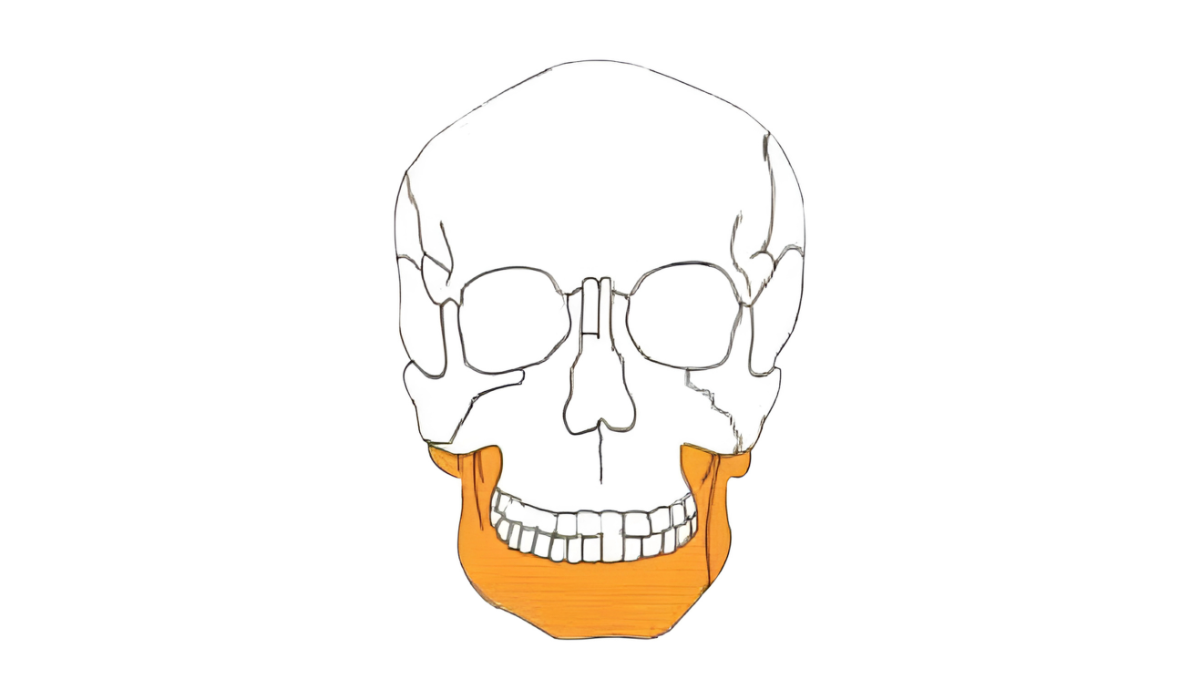
In recent years, jaw surgery has seen significant advancements, transforming the way facial trauma, misalignment, and congenital conditions are treated. One of the most pivotal innovations in this field is the use of mandible plates, which play an essential role in stabilising and reconstructing the jaw. As part of the evolving landscape of maxillofacial and craniofacial surgery, these plates have proven to be game-changers in improving patient outcomes. But what exactly are mandible plates, and how do they help reshape the future of jaw surgery? Let’s explore the critical role these devices play in modern medical practices.
What Are Mandible Plates? A Key to Restoring Jaw Functionality
Mandible plates are medical implants that surgeons use to repair fractures, misalignments, or deformities in the lower jaw (mandible). After surgery or injury, these plates are fixed to the jawbone to stabilise it, ensuring that the bones heal properly. Usually made of titanium or other biocompatible materials, mandible plates are designed to withstand the pressures of chewing and speaking while promoting faster and more effective healing. By providing structural integrity, they prevent bones from shifting out of alignment, which can be detrimental to both the function and appearance of the jaw.
Mandible Plates vs. Maxillofacial Plates: Understanding the Difference
Although both mandible plates and maxillofacial plates are used in facial surgeries, they serve different purposes. Mandible plates focus specifically on the lower jaw, while maxillofacial plates are used for reconstructing the upper jaw (maxilla) or entire facial regions, including the midface. These plates are part of a broader category of implants that surgeons rely on to address complex issues in facial reconstruction.
Maxillofacial plates are typically used in procedures that involve both the upper and lower jaw, where precise alignment is needed to restore facial symmetry. Mandible plates, on the other hand, are used when the primary concern is the lower jaw, such as in cases of trauma, congenital defects, or tumour resection. The difference between these plates lies in their specific anatomical targets, but together, they ensure comprehensive healing and aesthetic restoration in patients.
Craniofacial Plates and Mandible Plates: A Combined Approach for Complex Surgeries
In the realm of craniofacial surgery, where treatment extends beyond the jaw to involve the skull, temples, and face, the collaboration of mandible plates with craniofacial plates is crucial. Craniofacial plates are used to treat fractures and defects in the skull, while mandible plates address lower jaw issues. Together, these implants form the foundation for a reconstructive approach that restores both the function and appearance of a patient’s face after traumatic events or birth defects.
Patients who suffer from facial fractures, congenital anomalies, or conditions such as cleft lip and palate can benefit from this comprehensive approach. By employing both craniofacial and mandible plates, surgeons can provide the necessary support to ensure that bones heal correctly and that the patient’s facial structure is restored to its optimal form.
How Mandible Plates Improve Surgery Outcomes
The benefits of mandible plates extend far beyond just their stabilising effect on the jaw. These plates significantly improve the quality of life for patients by offering:
- Enhanced Healing: The precise fit and secure placement of mandible plates support faster recovery and prevent the jaw from shifting out of position during healing.
- Reduced Risk of Complications: With the jaw firmly aligned, the risk of infections, improper healing, or the need for additional surgeries is greatly reduced.
- Restored Functionality: By stabilising the jaw, these plates enable patients to resume normal activities like chewing, speaking, and smiling, which is critical to their overall well-being.
- Minimal Invasive Procedures: Modern advancements in plate design have led to thinner, more adaptable plates that can be used in less invasive procedures, reducing the trauma of surgery and speeding up recovery times.
- Aesthetic Benefits: In addition to their functional benefits, mandible plates help maintain or restore the natural contour of the face, which is essential in cosmetic reconstruction.
These benefits not only improve the surgical process but also provide patients with the confidence to move forward with their lives post-surgery.
The Future of Mandible Plates: Innovation on the Horizon
The future of mandible plates is filled with exciting possibilities, as technology continues to push the boundaries of medical care. Innovations such as 3D-printed implants are already changing the way these plates are designed and used. Surgeons can now create custom-made mandible plates that are tailored to a patient’s unique jaw structure. This personalised approach ensures that the plates fit perfectly and support the bone more effectively, leading to better outcomes and faster recovery.
Additionally, the development of biodegradable materials for mandible plates holds great promise. These plates will dissolve naturally as the bone heals, eliminating the need for a second surgery to remove the plate. Such advancements could significantly reduce the overall patient burden and enhance the healing process.
Final Word
At Madison Ortho, we are committed to providing the highest-quality solutions for mandible plates, maxillofacial plates, and craniofacial plates. Our products are designed with precision to ensure the best surgical outcomes for patients. We understand how important these innovations are in restoring both the function and appearance of the jaw and face, and we're here to guide you through the process. For more information or to discuss your specific needs, feel free to contact us at +1-787-945-5800 or email us at info@madisonorthoinc.com.
